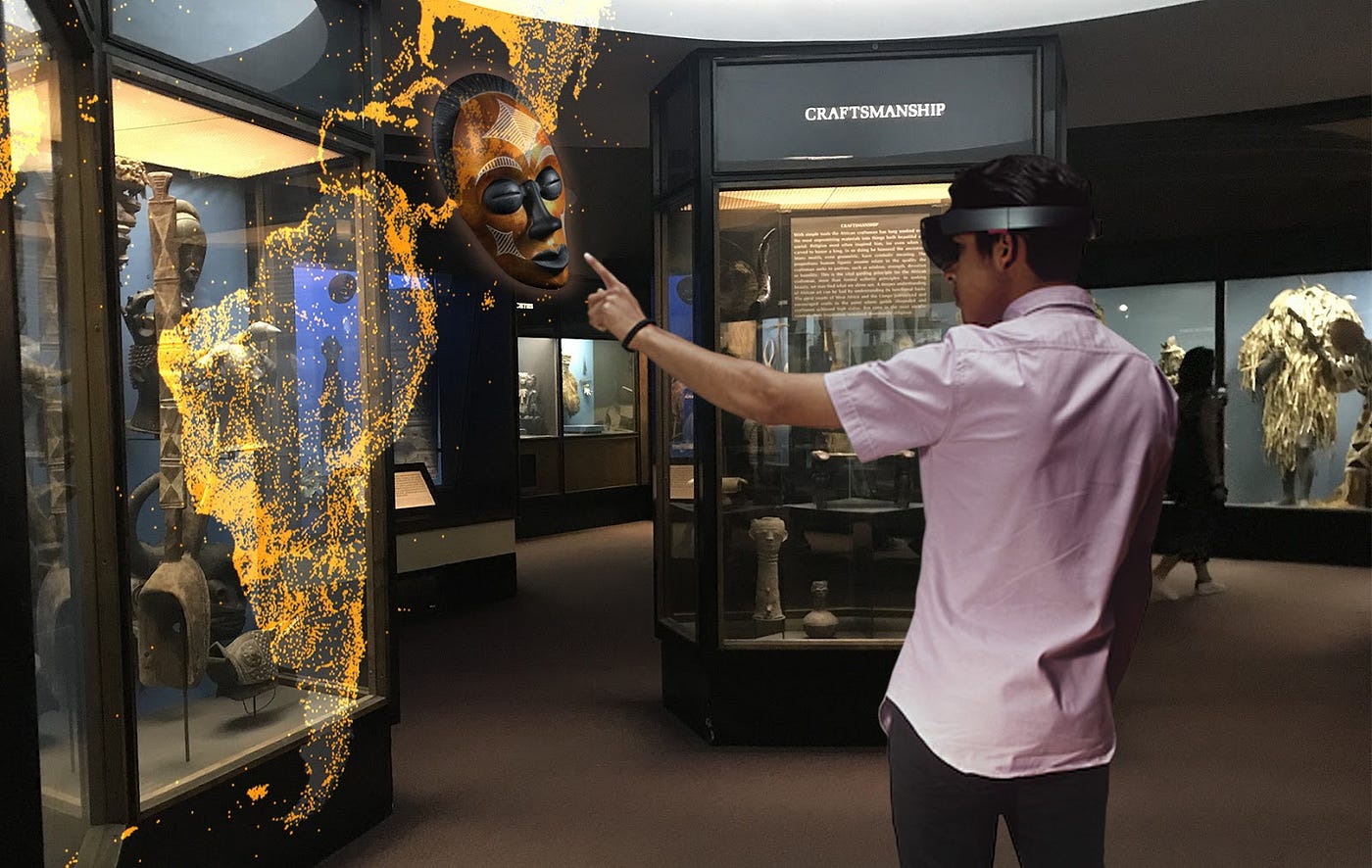
Immersive Technology: The Technology of the Future
Immersive technology has profoundly changed society and has become an integral part of our daily lives. Immersive technologies offer exciting opportunities for entertainment and education by providing interactive experiences that draw users into virtual environments, enhance entertainment value, and foster interactive learning. We can expect digital and economic growth in immersive tech, with the balance of its broad elements, which include Augmented Reality (AR) and Virtual Reality (VR).
Immersive Technology’s History and the Emergence of Augmented Reality
In pursuit of capturing and sharing realities, the Victorians invented the stereoscope in the 1830s as one of the first devices developed in the early stages of photography. The stereoscope is the earliest recorded concept that would eventually become a VR headset. The stereoscope showed several images in 3D form, making the invention a very popular one. It was widely presented in classrooms as well as museums. Though very popular, the stereoscope began to lose the interest of consumers in the 1860s due to its inability to provide convenience and portability. This became a unique opportunity for Thomas Edison’s creation of the Kinetoscope, established in the 1900s. The kinetoscope had an even further relation to virtual reality. Users could solo-view a motion picture but only allowed for one-at-a-time viewing. Even then, the kinetoscope eventually fell out of popularity. These inventions profoundly influenced the trajectory of what would eventually emerge as one of society’s most successful assets.


Arguably the most popular form of immersive technology, augmented reality is known for its practical uses and significant impact. The groundwork for AR technology was laid in the 1960s when computer scientist Ivan Sutherland made remarkable advancements. Sutherland developed a groundbreaking method that allowed computers to manipulate and present physical objects, leading to the emergence of AR. One of his notable contributions was the creation of the Sword of Damocles, which can be considered the first head-mounted display device. This innovation marked a pivotal moment in the evolution of augmented reality and set the stage for the subsequent development and adaptation of VR technology.
The initial release of Pokemon Go in 2016 skyrocketed the popularity of augmented reality. Pokemon Go got people of all ages off their feet to embark on an adventure of capturing digital monsters in real-world locations. The idea of being immersed in the Pokémon world while meeting new people made the application even more successful. Pokemon Go is not only innovative, but it also contributed to business growth through increased foot traffic. Museums, restaurants, and tourist attractions can easily attract customers using Pokemon Go to grow and influence their businesses. Businesses would even go the extra mile to offer consumers free products or services to explore their establishment for digital monsters. Overall, Pokemon Go helped expand consumers’ knowledge of augmented reality, captivating players of all ages. Since then, other companies have taken an interest and are invested in making a phenomenon like this a success. It was inevitable that others would want to find success in immersive technology as well.
Future Possibilities, Challenges, and Expansion of Immersive Technology
Immersive technology is well-developed in today’s society, but it’s continually growing, and future advancements are still in the works. One of these works is Haptic technology, which can enhance our sensory experiences by allowing us to feel and interact with virtual environments in increasingly realistic and immersive ways. Haptic tech holds great promise, but like augmented reality and virtual reality, it has its limitations. Some limitations are affordability, functionality, and flexibility. But this field has and will continue to push boundaries and deliver increasingly realistic and immersive virtual environments.
Embracing immersive technology opens up exciting avenues for innovation and enterprising opportunities. Augmented reality, virtual reality, and haptic technology can improve medical education and patient care, provide immersive entertainment experiences, and create learning environments that revolutionize architectural design and real estate. Widespread adoption of immersive technologies will promote a sense of connection and empathy by breaking down geographic barriers and enabling the sharing of virtual experiences beyond physical limitations. By utilizing immersive technology, we can harness powerful tools that unlock our collective creativity, drive economic growth, and bring us closer together as a society.
Resources
https://www.futurelearn.com/info/courses/introduction-to-virtual-reality/0/steps/98714
https://www.britannica.com/technology/Kinetoscope
https://www.futurelearn.com/info/courses/introduction-to-virtual-reality/0/steps/98714
https://scalar.chapman.edu/scalar/this-land-is-your-land/stereoscopes
https://en.wikipedia.org/wiki/Kinetoscope#/media/File:Kinetophonebis1.jpg
Post a Comment
You must be logged in to post a comment.
